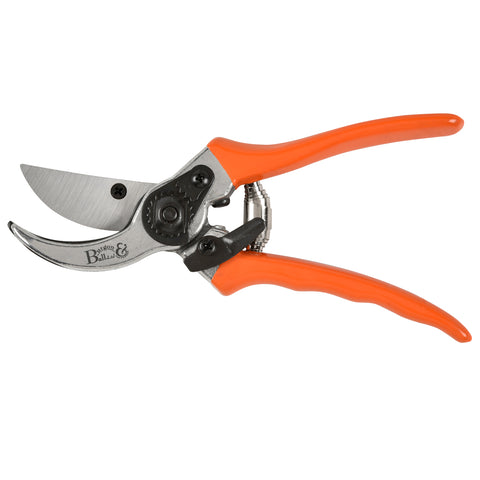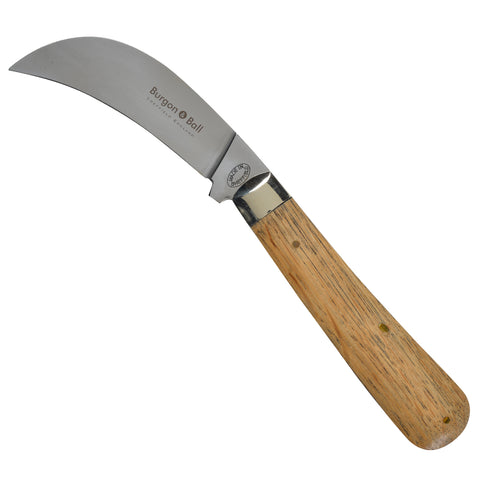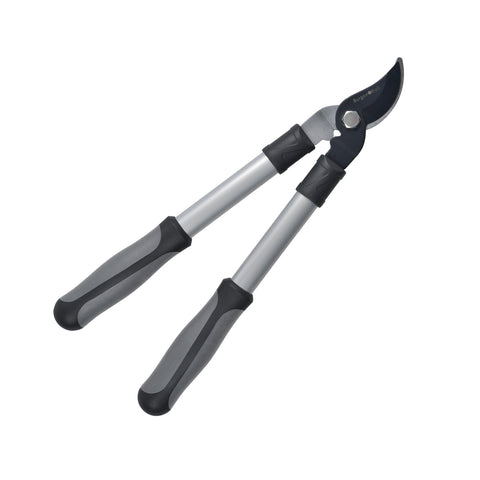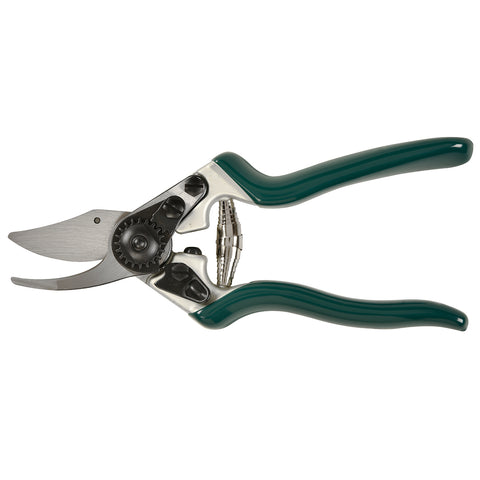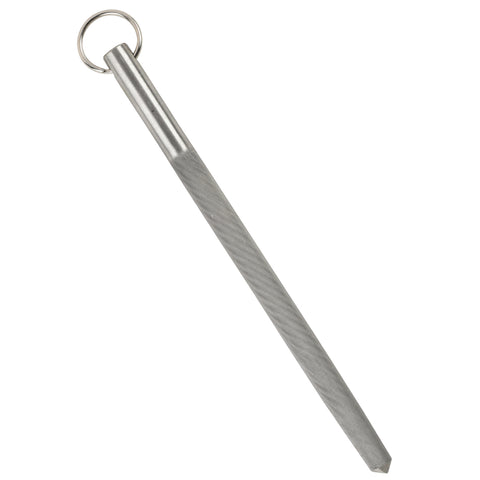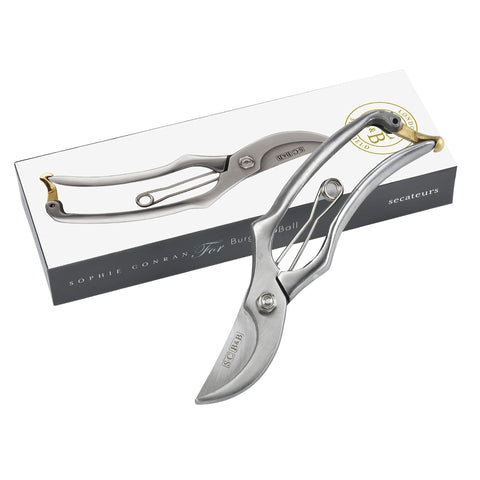 Pruning, it seems, can strike terror into the heart of any gardener – and not just those who are new to gardening.
Pruning, it seems, can strike terror into the heart of any gardener – and not just those who are new to gardening.
Pruning in summer might seem a little counter-intuitive, since it seems more logical to cut back plants in the colder months, when they’re dormant. However, many plants will benefit from pruning in the summer, to avoid disease, to boost fruit production and quality, and to improve the plant’s shape and structure.
Using a tool which can easily tackle the thickness of the stem you’re cutting, and keeping the blade sharp, will help you make a clean, healthy cut. This is much better for the plant, rather than crushing the stem with a blunt blade, or hacking through it in several cuts, which can leave an open wound vulnerable to infection.
Summer pruning is especially beneficial for fruiting trees; spring-flowering shrubs; rambling roses and other climbers; and evergreens, hedges and topiary.
Fruit trees and bushes, including apples, pears and cherries
 Cutting back the strong growth which appeared this spring will discourage the fruit tree from putting its energy into growing in size, and will encourage it to put more vigour into the productive buds where fruit is growing.
Cutting back the strong growth which appeared this spring will discourage the fruit tree from putting its energy into growing in size, and will encourage it to put more vigour into the productive buds where fruit is growing.
To restrict the size of a fruit tree and encourage more fruit-bearing side shoots, you can cut back the new growth at the end of each branch – take the shoot back by around a half, cutting just above a leaf. You can then prune any side shoots. In fact, you can cut these back quite hard, leaving just two or three buds of this year’s growth, and this will encourage the tree to produce more fruit in future years.
In particular, summer is the ideal time to prune trees in the cherry tree family (prunus). They’re susceptible to silver leaf disease, and as the spores for this fungal infection are airborne from September to May, pruning in the warmer months avoids making wounds during this vulnerable period.
If you have fruit bushes such as redcurrants which haven’t produced much this year, reinvigorate them by cutting back some of the thickest, oldest stems at the base of the plants, once you’ve harvested the slim pickings. This will prompt a flush of new, more productive growth next year.
To keep things manageable in your garden or plot, summer’s the time to cut fruit bushes like gooseberries down to size, by trimming back this year’s growth, leaving about five leaves. And once summer-fruiting raspberries and blackberries have fruited, the canes can be cut back right down to the ground, leaving space for next year’s growth.

 Spring-flowering shrubs
Spring-flowering shrubs
Summer is the ideal time to cut back spring-flowering shrubs such as forsythia, philadelphus and beautiful flowering quince (chaenomeles). Once they’ve finished their early-season display, it’s still easy to see which is this year’s new growth. These shrubs flower on the previous year’s growth, so once the flowers have faded, it’s time to take out old stems, and then let this year’s stems grow for the rest of the summer – so they can bear next year’s blooms.
 Climbers
Climbers
Climbing plants like honeysuckle, jasmine and wisteria need a huge amount of energy to scramble picturesquely through apple trees, over pergolas, and up beautiful honeyed-stone cottages. You can do your climber a favour by divesting it of some of that rich green growth, and let the plant put more of its nutrients and moisture into flowering.
Pruning climbing plants can be a little specialised, with each species having its own requirements, and we recommend you have a search online for guidance on your particular climber. Wisteria, for example, really benefits from pruning twice-yearly, in August and February, with different approaches for summer and winter. Left to its own devices, it can famously take over – but without those stunning purple cascades of flowers that we all adore.
The RHS website is an excellent source of advice on pruning climbers. But as you research how to manage your particular plant, bear in mind the purpose behind summer pruning; it’s all about getting rid of that superfluous green growth, to free up more energy for flowering.
 Evergreens, hedges and topiary
Evergreens, hedges and topiary
Summer is the ideal time to trim these plants, since they can be vulnerable to frost, and it’s best to wait until all danger of a cold snap has well and truly passed. Trim back new growth on topiary and hedges to maintain shape; you can read our guide to topiary here. Slow-growing plants like box might need shaping only once or twice during the summer, but faster-growing plants like privet might need a trim every six weeks or so.
Summer’s also the time to manage the shape of evergreens like camellia and rhododendron, which can rather take over and become a brooding mass of dark foliage. Cut back around a third of the old wood, removing any crossing and tangled branches; this will encourage the plant to produce vigorous new growth next year. Then simply trim back this year’s growth to the required shape, cutting just above a leaf or bud.
Summer pruning can really reinvigorate a plant, so some judicious trimming now will bring benefits next year. Just remember to use tools that are up to the job, and to keep blades sharpened. Happy pruning!


